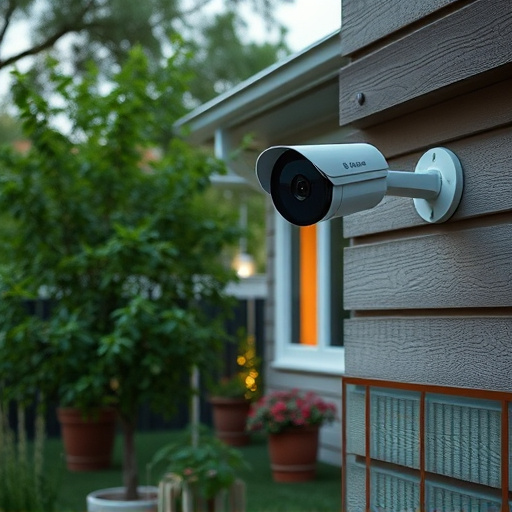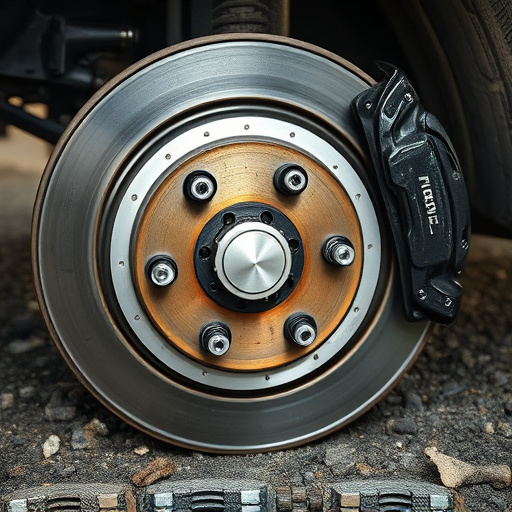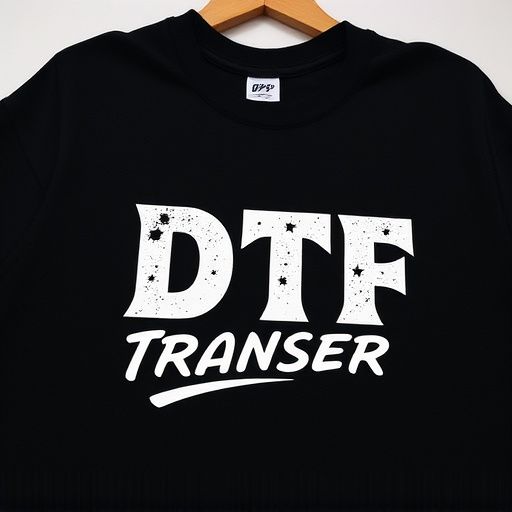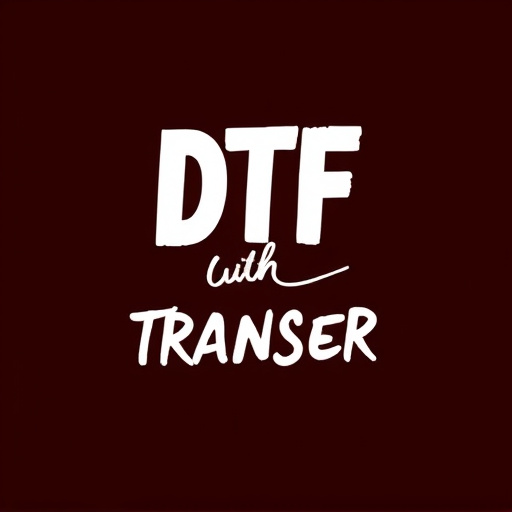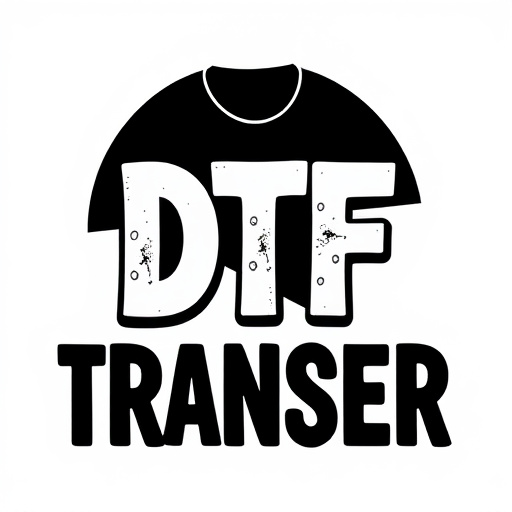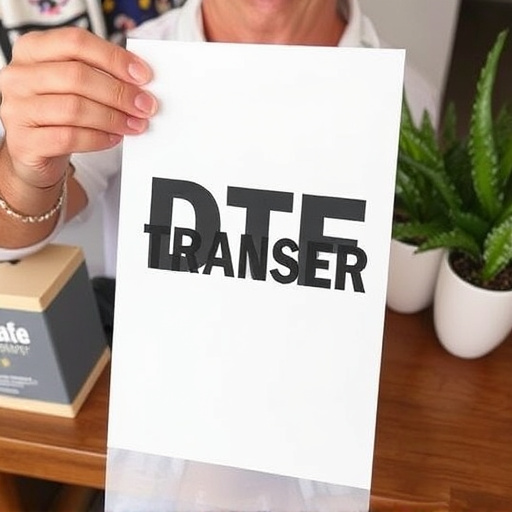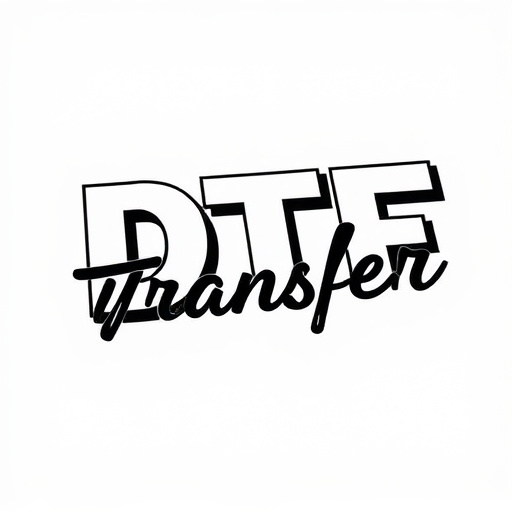Direct-to-Film (DTF) transfer printing is a modern, digital method revolutionizing the apparel and design industry. It eliminates traditional screen printing's complexities by directly printing designs onto special film using specialized printers. The film is then transferred to various materials, offering faster production times, enhanced design flexibility, vibrant colors, and durability for indoor/outdoor use. DTF's growing popularity attracts both professional printers and DIY enthusiasts as technology advances, providing a versatile, efficient, and eco-friendly alternative to traditional screen printing for custom designs on diverse surfaces.
In today’s competitive printing landscape, understanding the nuances between methods is crucial for printers and designers. This article delves into the comparison between direct-to-film (DTF) transfer printing and traditional screen printing. We explore the evolution of DTF as a modern approach, its distinct advantages, and its impact on print quality, environmental sustainability, and diverse applications. By understanding DTF’s capabilities, printers can make informed decisions to enhance their services and cater to evolving market demands. Discover why DTF prints are revolutionizing the industry.
- Understanding Direct-to-Film (DTF) Transfer: A Modern Approach
- Traditional Screen Printing: The Conventional Method
- DTF's Edge: Advantages and Benefits for Printers and Designers
- Quality and Precision: Comparing Print Outcomes
- Applications and Use Cases: Where DTF Truly Shines
- Environmental Impact: An Eco-Friendly Perspective on DTF vs Traditional Printing
Understanding Direct-to-Film (DTF) Transfer: A Modern Approach
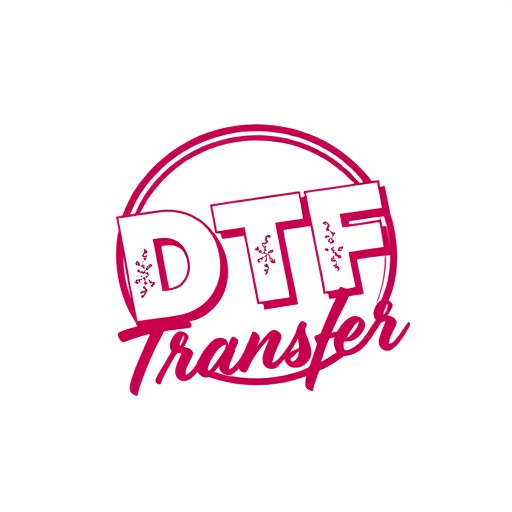
Direct-to-Film (DTF) transfer is a modern approach to printing that has been revolutionizing the t-shirt and apparel industry. Unlike traditional screen printing methods, DTF uses a digital process where designs are directly printed onto film using specialized printers. This film is then transferred onto the fabric using heat and pressure, eliminating the need for individual screens for each color in the design. The result is a more efficient, cost-effective, and versatile printing technique that allows for complex and intricate prints on a variety of materials.
DTF Printing offers several advantages over traditional screen printing. It enables faster production times, as there’s no setup required for different colors. This method also supports a wider range of designs, from fine details to bold graphics, without the limitations of screen printing’s minimum print areas and color capabilities. Moreover, DTF prints have a more vibrant and durable finish, making them suitable for both indoor and outdoor use. As technology advances, DTF Transfer continues to evolve, attracting both professional printers and DIY enthusiasts alike.
Traditional Screen Printing: The Conventional Method
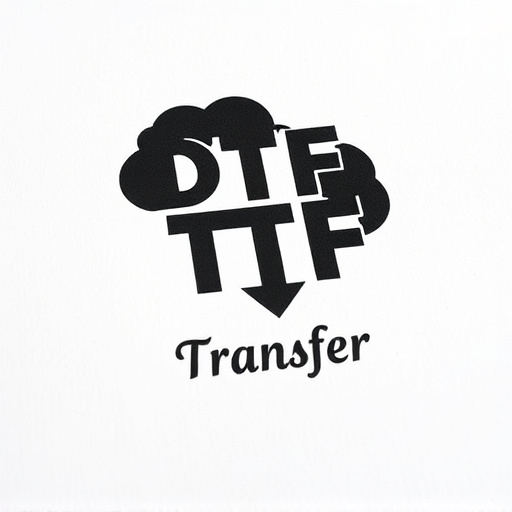
Traditional screen printing has been the conventional method for creating prints on various surfaces for decades. This process involves setting up a screen with a stencil, which acts as a template for the design. Ink is then forced through the open areas of the screen onto the substrate below, resulting in a physical imprint. This technique is highly versatile and suitable for printing on textiles, papers, plastics, and more. It offers excellent color accuracy and detail, making it popular among artists and designers. However, traditional screen printing can be labor-intensive, time-consuming, and requires specialized equipment and skills, often making it less accessible to small businesses or individual creators.
In contrast, Direct-to-Film (DTF) transfer has emerged as a game-changer in the printing industry. DTF Printing uses a digital approach where designs are printed directly onto a special film using inkjet printers. This film is then transferred onto the desired substrate, effectively creating prints with vibrant colors and fine details. DTF Transfer offers several advantages over traditional screen printing, including faster turnaround times, lower minimum order quantities, and the ability to print on various materials without the need for specialized screens or equipment. This method is particularly appealing for small-batch production, custom designs, and those seeking a more accessible, modern alternative.
DTF's Edge: Advantages and Benefits for Printers and Designers

Direct-to-film (DTF) transfer offers several advantages that have made it a popular choice for printers and designers. One of its key benefits is speed and efficiency. DTF Printing allows for direct application of designs onto various materials, eliminating the need for traditional screen-printing setups and multiple printing stages. This streamlined process reduces production time significantly, enabling faster turnaround for custom prints, especially on smaller orders or unique, one-off pieces.
Additionally, DTF offers enhanced versatility in terms of print quality and material compatibility. It can produce high-resolution, vibrant DTF Prints with fine line details and accurate color representation, making it suitable for intricate designs. Moreover, DTF Transfer is compatible with a wide range of materials, from textiles to plastics and metals, expanding the possibilities for designers to create innovative products and prints on diverse surfaces.
Quality and Precision: Comparing Print Outcomes
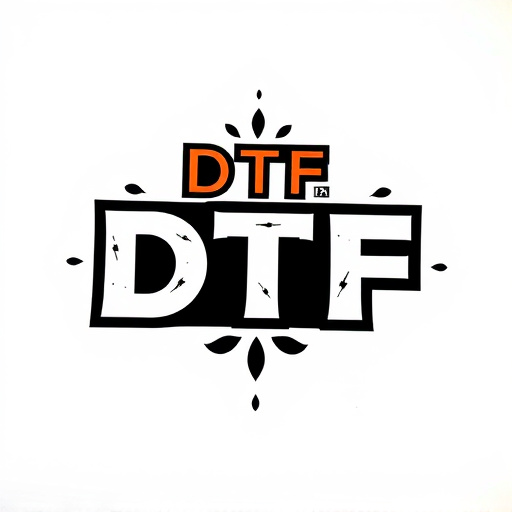
When comparing direct-to-film (DTF) transfer and traditional screen printing methods, one of the key aspects to consider is quality and precision in print outcomes. DTF transfers offer a higher level of detail and accuracy, especially for complex designs with fine lines and subtle gradients. This method uses heat to fuse ink directly onto the substrate, resulting in sharp, crisp images that closely mirror the original digital art.
In contrast, traditional screen printing involves creating a physical stencil for each color in the design, which can introduce slight variations and imperfections. While still highly effective for mass production runs and bold graphics, it may not capture the intricate details and fine lines as accurately as DTF prints. Screen printing also requires more setup time and cleaning maintenance compared to the faster and cleaner DTF transfer process.
Applications and Use Cases: Where DTF Truly Shines
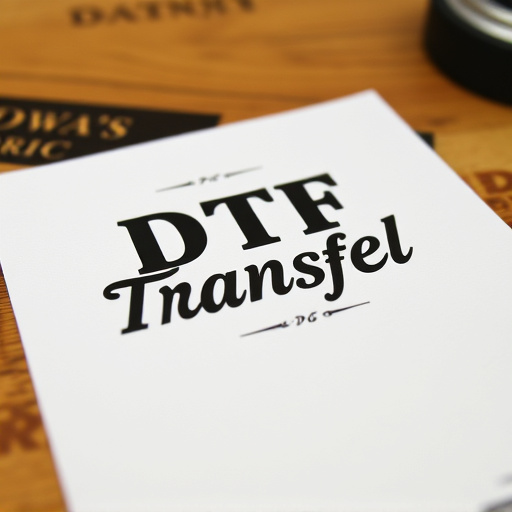
Direct-to-film (DTF) transfer has found its niche in various applications where traditional screen printing falls short. One of its standout use cases is in creating high-quality, custom prints on a diverse range of materials, from fabric to wood and metal. DTF printing is particularly effective for small batches or one-off projects, allowing designers and businesses to effortlessly personalize items without incurring the hefty setup costs associated with screen printing.
Moreover, DTF offers unparalleled flexibility in terms of design complexity and color accuracy. It can reproduce intricate details, gradients, and fine lines with remarkable precision, making it ideal for artistic creations, promotional products, and even photo-realistic prints. This method also lends itself well to rapid prototyping, enabling businesses to quickly test concepts and bring products to market faster.
Environmental Impact: An Eco-Friendly Perspective on DTF vs Traditional Printing
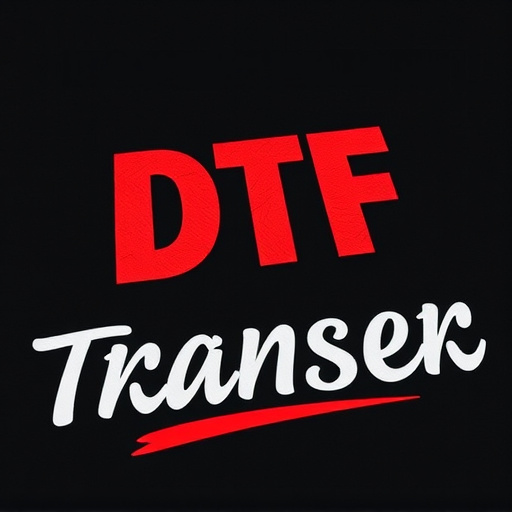
Direct-to-film (DTF) printing offers a more environmentally friendly approach compared to traditional screen printing methods. The process eliminates the need for separate emulsion and chemical solutions, reducing waste generation significantly. With DTF, designs are transferred directly onto the print medium using inkjet technology, minimizing the risk of ecological harm associated with disposing of harmful chemicals commonly used in screen printing.
This eco-friendly perspective is particularly appealing as it reduces the carbon footprint of the printing process. Traditional screen printing often involves extensive use of water and chemical solutions, which can lead to water pollution and other environmental issues. In contrast, DTF transfers focus on efficiency and sustainability by using digital files and minimizing material waste, making it a preferred choice for those seeking more responsible printing practices.



